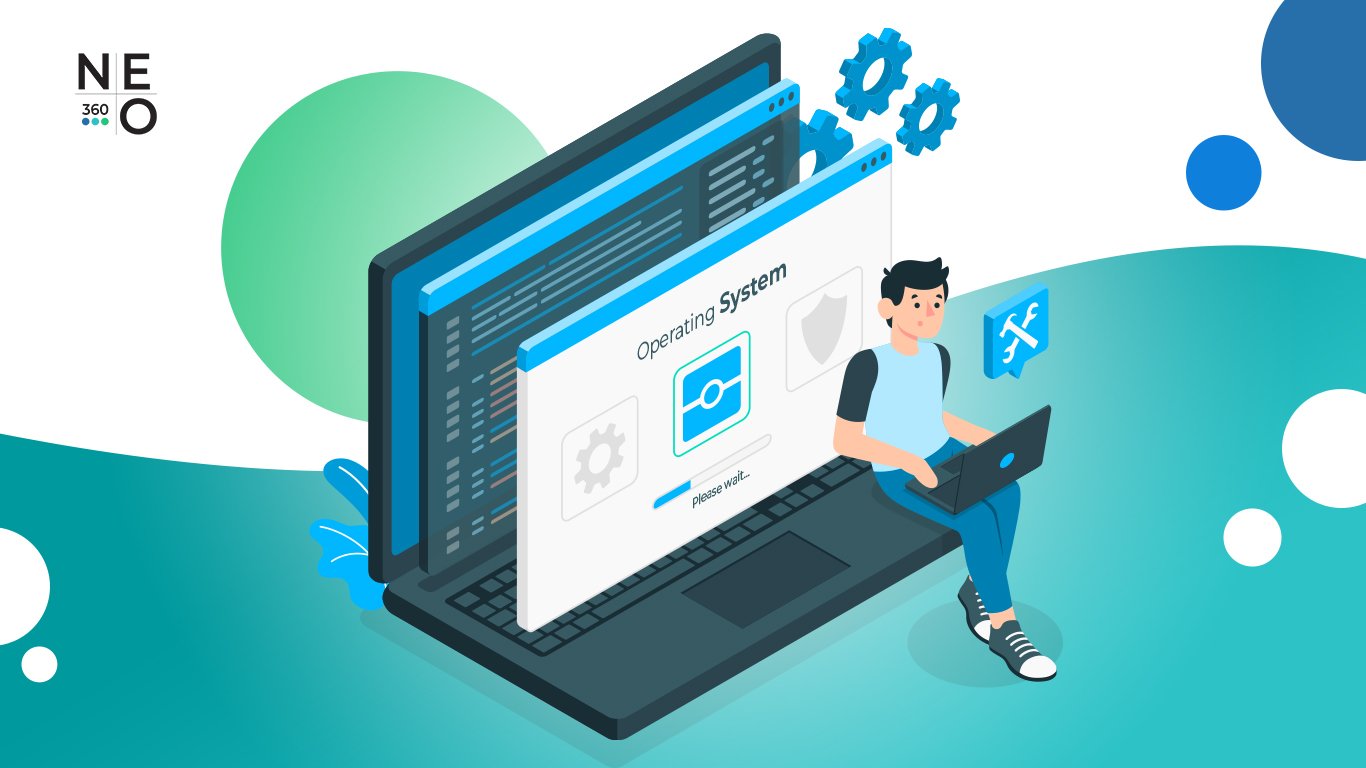How Apple iOS 14 affects your business

Updates are being rolled out all the time. Why should iOS 14 be any different?
Because chances are, your customers are using an iPhone, and spend a lot of time on Facebook.
Since its release on 16th September last year, Apple’s iOS 14 update—specifically, its AppTrackingTransparency framework—has raised more than a few marketing digerati eyebrows over the potential impact it can have on Facebook ads. Very simply, anybody using an iPhone will have to opt in to become trackable by advertisers from now on.
Now, be honest: If you had that option, would you choose to have your personal data collected and used by advertisers?
That’s what we said, too.
As a quick refresher, advertisers need that data to make sure their ads are reaching the right people—people who are most likely to do whatever that advertiser wants them to do, whether it’s to buy, download, or so on. Without that pinpoint targeting, advertisers, i.e. business owners just like you, might very well be flushing their limited ad spend down the digital toilet.
Now, some businesses might say, “But not everybody uses an iPhone, so we should still be all right” or “Hardly anybody bothers to opt out, anyway”.
To give you a rough idea of just how much of a business’ potential audience does use an iPhone, here are a few quick numbers pulled from our very own clients:
2020 Reach Data - % of iPhone users reached by Facebook Ads
- (Aesthetic Medical Clinic in Australia) = 69.81%
- (Aesthetic Medical Clinic in Singapore) = 49.14%
- (OB Gynaecologist in Singapore) = 41.78%
- (Higher Education Institution in Singapore) = 39.57%
- (Another Higher Education Institution in Singapore) = 46.91%
- (Luxury Lifestyle Brand in Singapore) = 53.28% (October 2020 to January 2021)
When advertisers consider that these goodly chunks need to manually opt in, rather than opt out of having their data used for ads, the iOS 14 update suddenly takes on a curious significance.
And that’s not all: Stats from Statista show Apple was the largest mobile vendor in Singapore in 2020, and that iOS held a 52.84% share of the mobile operating system market in Australia that same year.
Oh, and if you were thinking, “Well, maybe not a whole lot of iPhone users updated to iOS 14?”, MacRumours says iOS 14 is installed on 81% of iPhones introduced in the last four years.
So what happens now?
Facebook has an “official statement”, if you will, which you can find in their Business Help Center, but if you prefer layman’s terms, let us give it to you, straight:
- You won’t be able to personalise your ads for iOS 14 users, as much.
- You won’t be able to measure the performance of your ads, as accurately.
- You’re going to have to verify your domain.
- You’re going to have to choose just 8 conversion events (like a click, download or filled-out form) for optimising your ad campaigns, whether they’re for iOS 14 users, or not.
- After choosing your 8 (or 4 if you’re gunning for conversion value), you’ll have to wait 48 hours to see results from your ads.
- You’ll have to work with rehashed user data (since Facebook can’t collect any more), with data from users who opted out (or didn’t opt in) taken out of the data you’ll be working with.
- You’ll have smaller Custom Audience sizes and smaller sample sizes for Lookalike Audiences (LLA).
- Bottom line: Your ads will be reaching a significantly smaller group of people.
Facebook has advised advertisers and their digital advertising agencies to prepare for the actual implementation of the AppTrackingTransparency framework of the iOS 14 update (as of this writing, there has yet to be an official date).
So what happens next?
The good news is, we’re not entirely helpless—we can do something about this update and at NEO360, we’ve already gotten started:
- If you can’t track users one way, find another. As of this writing, we are 60% done with converting the way we track users for our clients from browser tracking to server tracking.
- If you haven’t yet, get it done, already. Verify your domain, which is SOP (or ought to be) for advertisers, anyway.
- Plan for 8. Centre your Facebook Ad strategy around the 8 conversion events you choose to focus on.
Having hit the ground running, we also have plans in place for our clients once the framework takes full effect:
- Cut down on ad spend for the first one to two weeks after the framework rolls out if incomplete data is being reported, just to make sure ads aren’t run blindly.
- Keep tabs on the Event Manager to see how often the server sends events, as there’s a learning curve involved for monitoring server tracking.
- Keep a close watch on all LLA.
- Keep an eye on all retargeting ads using Website Custom Audiences.
- Pay attention to the last six months’ CPM (that’s Cost per 1,000 times your ad comes out on your audience’s screens).
- Look at the breakdown of iPhone users in all audiences.
- Prioritise Social Page Custom Audiences and Lookalike Audiences (at least for now)
- Change Strategies whilst taking the following into consideration:
So let's keep on our toes.
See, the iOS 14 update doesn’t just affect Facebook, but all apps—that means if your business is also using Google Display, for instance, the performance of your display ads just might take a hit, too.
This update is new to all of us (and we do mean all businesses and digital marketers in general), so we’re all still feeling our way through the effects of the framework’s eventual roll-out.
Some comfort might be in taken, however, in the fact that other updates (such as everyone’s favourite, algorithm changes) affecting social media advertising and other digital marketing platforms have come and gone, and have been dealt with in their turn.
It’s at times like this that it’s essential to keep our heads, keep on our toes, and to keep in mind that this is precisely why a 360 digital marketing strategy is so crucial.
Because of the omni-channel nature of going 360, your overall digital marketing efforts won’t be derailed by updates affecting one or two of your channels. If one or two channels take a hit, you can count on the others to keep on reaching out to potential customers, and to keep the leads coming in.




